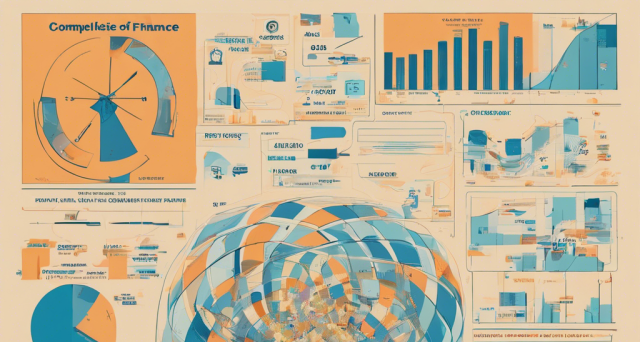As a woman exploring the world of sugar dating, the question on many minds – including mine – is often: How much do sugar daddies pay for a sugar relationship? Well, my dear reader, the answer is as varied as the colors of the rainbow, with each sugar relationship presenting its own unique financial arrangement. From allowances to per-meet payments, the financial dynamics of sugar dating are as complex and multifaceted as the individuals involved.
From my perspective, the amount a sugar daddy pays for a sugar relationship depends on a multitude of factors, including the duration and frequency of meetings, the level of intimacy involved, and the expectations of both parties. Some sugar daddies may offer a monthly allowance, providing a consistent source of income for the sugar baby, while others may opt for a pay-per-meet (PPM) model, compensating the sugar baby for each encounter.
But financial compensation is just one piece of the puzzle – there are a plethora of other benefits that a sugar daddy can provide beyond cold, hard cash. From lavish gifts and luxurious experiences to mentorship and networking opportunities, the perks of sugar dating extend far beyond the realm of financial transactions. For many sugar babies, the allure of a sugar relationship lies not only in the financial support but also in the companionship, guidance, and mentorship offered by their sugar daddies.
Now, let’s delve into the differences between a PPM model and an allowance model in sugar dating. From my own experiences and observations, the PPM model involves payment for each meeting or encounter between the sugar daddy and sugar baby, with the amount negotiated beforehand. This model offers flexibility and immediacy, allowing sugar babies to receive compensation on a per-meet basis.
On the other hand, the allowance model entails a predetermined sum of money provided to the sugar baby on a regular basis, typically monthly. This model offers stability and predictability, providing the sugar baby with a consistent source of income to cover living expenses, tuition fees, or other financial needs.
From my perspective, the choice between a PPM model and an allowance model ultimately depends on the preferences and priorities of both the sugar daddy and sugar baby. Some may prefer the flexibility and control offered by the PPM model, while others may value the stability and security of the allowance model.
In conclusion, the financial dynamics of sugar relationships are as diverse and nuanced as the individuals involved. Whether it’s a monthly allowance or a per-meet payment, the financial arrangements in sugar dating are shaped by a multitude of factors, including the desires, expectations, and circumstances of both parties. And while money certainly plays a role, the true benefits of sugar dating extend far beyond the realm of financial transactions, encompassing companionship, mentorship, and personal growth.





